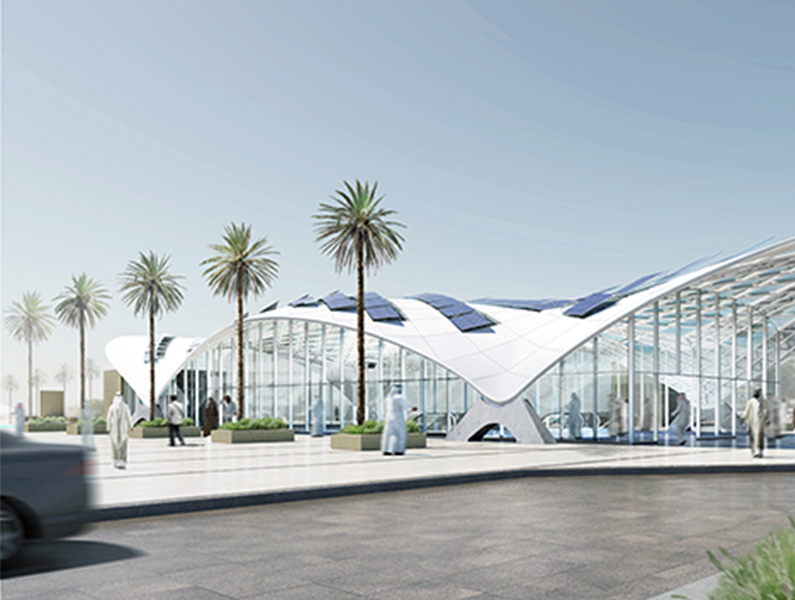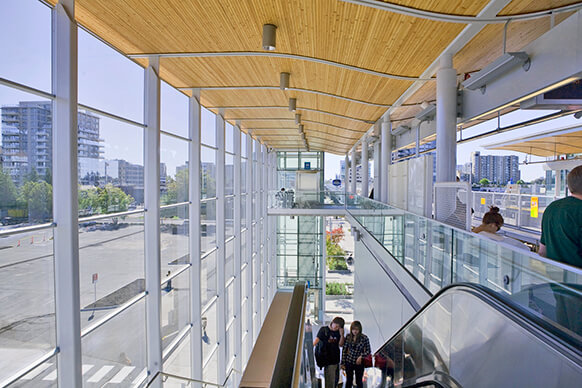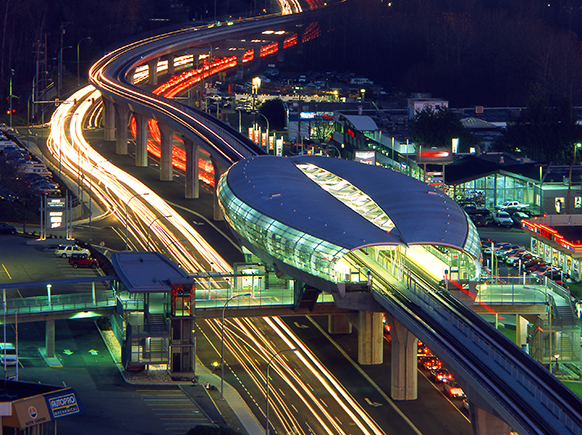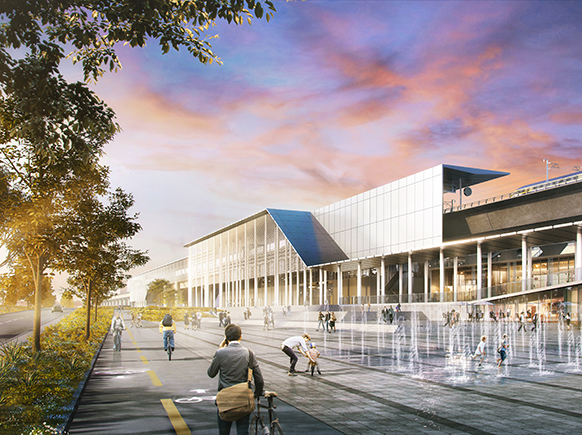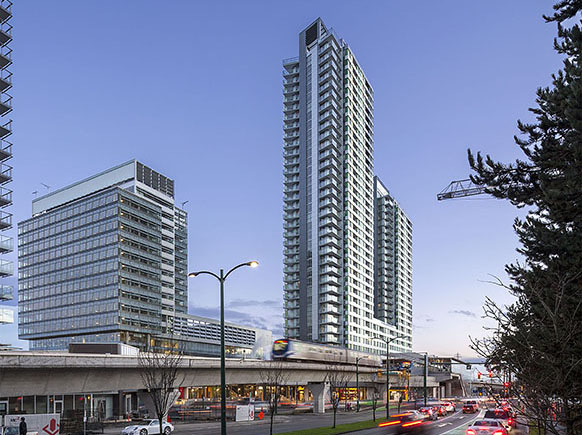Cities are ever-evolving, complex machines, and as we work to improve their livability and productivity, the competition to be recognized as one of the world’s best has become fierce. One of the most important indicators of a world-class city is transportation – moving people and goods efficiently and effectively. A robust network of streets, sidewalks, trails, rails, runways, and waterways are essential to allow a city to thrive economically, socially, and environmentally.
In Saudi Arabia’s capital city of Riyadh, the world’s largest public transportation project is currently under construction, drastically transforming the city. Riyadh’s population has more than doubled since 1990 to 5.3 million people, and is expected to reach 8 million by 2030. The result is congestion, gridlocked streets, and traffic that crawls 5 cars wide on a 3 lane road. There is no space or priority for people to cross streets or move along narrow sidewalks. Fortunately for Riyadh, its country has the financial health to build an entire public transit network from scratch in just a few years. The country is investing in a metro and bus rapid transit (BRT) network to improve mobility and livability for its citizens.
Ten years ago, Perkins&Will began working with the ArRiyadh Development Authority to develop a vision and iconic design for its new metro and subsequently its bus rapid transit (BRT) system. Addressing the challenge of attracting ridership, the primary goal was to provide a high-quality passenger experience through attractive, comfortable, and accessible design.
To achieve this, stations were designed with repeated and recognizable elements that allow adaptable integration into various urban situations above-, below-, and at-grade. To compliment the typical station typologies, an invited international design competition was run for some of the primary interchange stations. The trains and buses were also approached with the same focus on design excellence. The sum result will be a high quality experience for customers that rivals the private automobile.
The passenger experience does not start and stop at the threshold to transit stations. Urban design and streetscape upgrades play an important role in providing a complete travel experience. Transit customers are pedestrians before and after their trip, completing their journey in the streets of their origin and destination. A short walk in the streets of Riyadh can be a deterrent to transit users battling intense heat and inaccessible sidewalks. To overcome this barrier, streetscape improvements along all major transit lines will be a large part of the project, including wider sidewalks with plenty of shade trees.
Development patterns must bring people close to transit and transit must serve the popular destinations people most want to connect to. The latter can often be addressed by planning transit through the central business areas of a city and to other industrial, cultural and institutional centers. However the challenge with a sprawling city like Riyadh is ridership will be lower around stations beyond the city center, where the development is less dense. The city’s planning and policy framework must respond and encourage the development of mixed-use communities around stations to focus the cities expected growth in population near transit.
The ArRiyadh Development Authority is determined to get the formula right and considers all the pieces of the mobility puzzle needed to develop an economically, socially, and environmentally thriving city. The physical transformation of the city will be an enormous achievement, however, the true success of this project will come when the concrete trucks and tunnel boring machines leave and the people adopt a new public transit network and way of life. It will be a major cultural shift in the way Saudis live, work, and move in their capital, and a big step forward in Riyadh’s transformation to a world class city. Enrique Penalosa, former major of Bogota and visionary transit advocate, summed it up nicely by saying, “An advanced city is not a place where the poor use cars, but rather one where even the rich use public transportation.”
Check out more about the projects in the videos below:
+Riyad Metro Rail Systems World Class Design
+Riyad Metro

